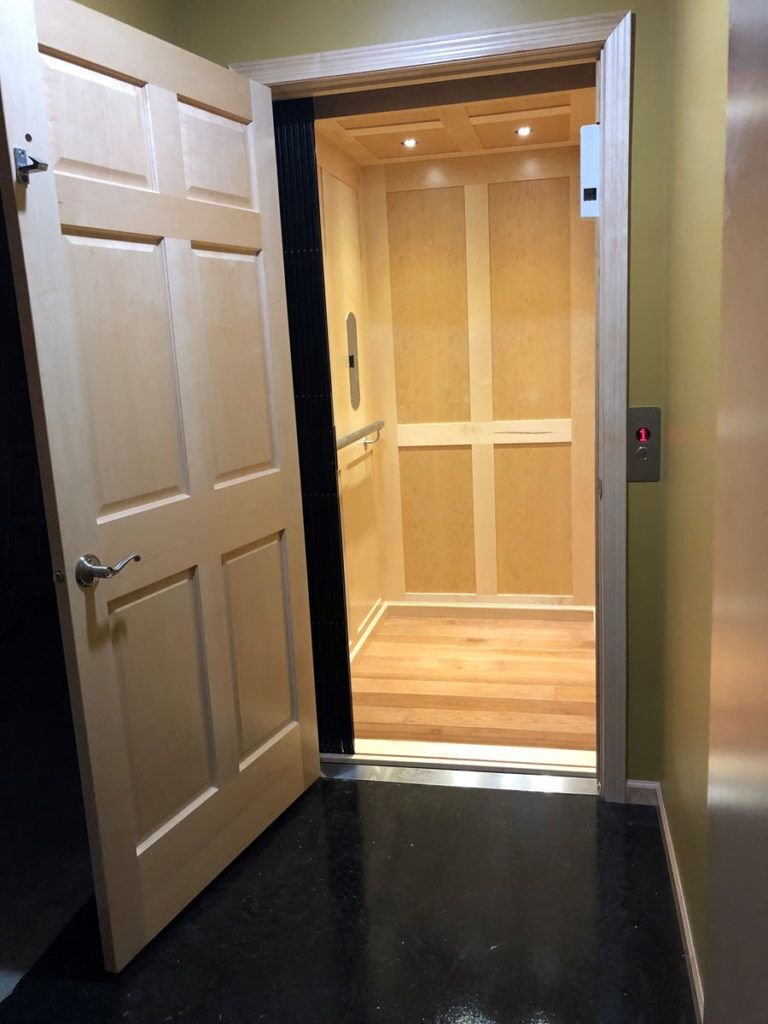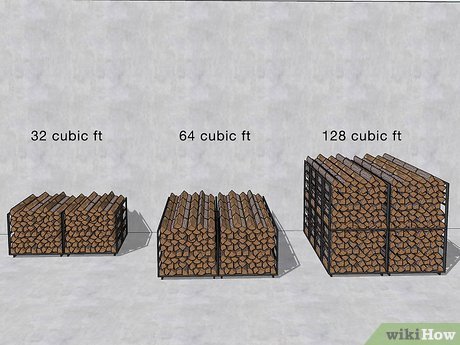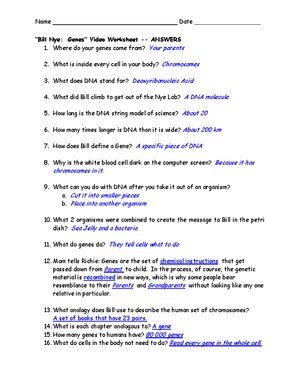Elevators need to be inspected at least once a year to ensure they are safe for use. Regular maintenance and inspection are crucial for the smooth operation of elevators in buildings. Neglecting inspections can lead to potential safety hazards and malfunctions. By understanding how often elevators need to be inspected, building owners can prioritize the safety of their occupants. It is essential to stay proactive in elevator maintenance to prevent costly repairs and ensure the safety of all users.
How Often Do Elevators Need to Be Inspected?
Hello there! Have you ever wondered how elevators work and how they stay safe for us to use every day? Well, one important aspect of elevator safety is regular inspections. In this article, we are going to dive into the world of elevator inspections and explore how often elevators need to be inspected to ensure they are running smoothly and safely.
Understanding Elevator Inspections
Before we talk about how often elevators need to be inspected, let’s first understand what elevator inspections involve. Elevator inspections are a crucial part of maintaining the safety and functionality of these vertical transportation wonders. Inspections are typically carried out by certified professionals who check various components of the elevator to ensure they are in good working condition.
During an inspection, the technician will look at things like the elevator’s electrical systems, mechanical components, safety features, and overall performance. By conducting regular inspections, any potential issues can be identified early and addressed before they become serious problems.
Regulations and Standards
There are specific regulations and standards that govern how often elevators need to be inspected. These regulations are put in place to ensure the safety of passengers and to maintain the proper functioning of the elevators. In the United States, elevator inspections are typically governed by the American Society of Mechanical Engineers (ASME) code, specifically ASME A17.1.
According to ASME A17.1, elevators should be inspected at regular intervals to comply with safety standards. The frequency of these inspections can vary depending on various factors, such as the type of elevator, its age, and its usage.
Routine Inspections
One common type of elevator inspection is the routine inspection, also known as periodic inspection. These inspections are typically conducted on a regular basis, such as once a year or every six months. Routine inspections are essential for identifying any minor issues that may affect the elevator’s performance before they escalate into major problems.
During a routine inspection, the technician will check things like the door operation, leveling accuracy, emergency systems, and overall condition of the elevator. By catching and fixing these issues early, the elevator can continue to operate safely and efficiently.
Thorough Examinations
In addition to routine inspections, elevators also need to undergo thorough examinations at specific intervals. Thorough examinations are more comprehensive than routine inspections and involve a detailed assessment of the elevator’s components and systems.
According to ASME A17.1, elevators that are over 20 years old need to undergo a thorough examination every five years. This examination is designed to ensure that older elevators are still safe and meet current safety standards. During a thorough examination, the technician will conduct a more in-depth review of the elevator’s operation and components.
Factors Affecting Inspection Frequency
Several factors can influence how often elevators need to be inspected. One key factor is the type of building in which the elevator is installed. Elevators in high-rise buildings that see heavy everyday use may require more frequent inspections compared to elevators in smaller buildings with lower traffic.
The age of the elevator is another important factor to consider. Older elevators may require more frequent inspections to ensure they are still safe and functional. Additionally, any history of past issues or malfunctions may prompt more frequent inspections to prevent future problems.
Importance of Regular Inspections
Regular elevator inspections are crucial for maintaining the safety of passengers and ensuring the smooth operation of the elevator. By conducting inspections at regular intervals, potential issues can be identified early and addressed promptly. This helps prevent accidents, breakdowns, and costly repairs down the line.
Remember, elevators are complex machines that require regular care and attention to keep them running smoothly. So the next time you step into an elevator, know that it has undergone proper inspections to keep you safe on your journey up or down!
How Often Do Aerial Lifts Need to Be Inspected?
Frequently Asked Questions
How frequently should elevators be inspected?
Elevators should be inspected on a regular basis as per local regulations and codes. Typically, elevators are inspected annually to ensure they meet safety standards and are functioning correctly.
Who is responsible for conducting elevator inspections?
Elevator inspections are usually carried out by certified inspectors or licensed elevator technicians. These professionals have the expertise to thoroughly examine and assess the elevator’s components and safety features.
What are the consequences of not inspecting elevators regularly?
Failing to inspect elevators regularly can pose serious safety risks and lead to potential malfunctions or accidents. Regular inspections help identify and address any issues before they escalate, ensuring the safe operation of the elevator.
Can building owners request more frequent elevator inspections?
Building owners may request more frequent elevator inspections if they have specific safety concerns or if the elevator experiences heavy usage. Additional inspections can help ensure the elevator’s ongoing safety and performance.
Is there a specific checklist followed during elevator inspections?
During elevator inspections, inspectors typically follow a detailed checklist that covers various aspects of the elevator’s operation, including mechanical components, safety devices, emergency communication systems, and compliance with regulations. This comprehensive checklist helps ensure a thorough inspection process.
Final Thoughts
Elevators should be inspected at least once a year to ensure safety and functionality. Regular maintenance helps prevent accidents and breakdowns. Additionally, thorough inspections can identify potential issues early on. In conclusion, it is crucial to understand how often elevators need to be inspected to maintain their optimal performance and safety standards.




